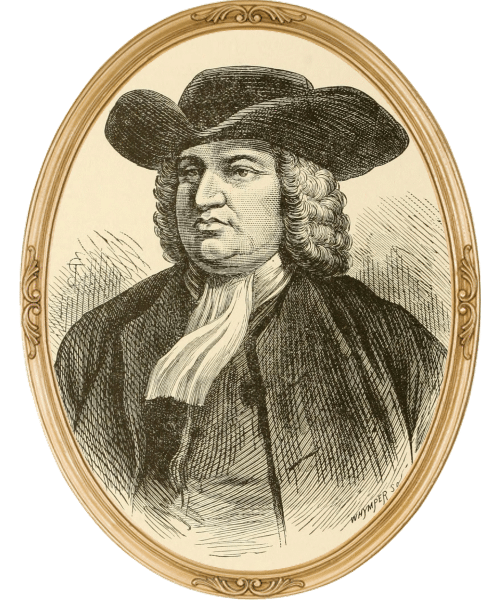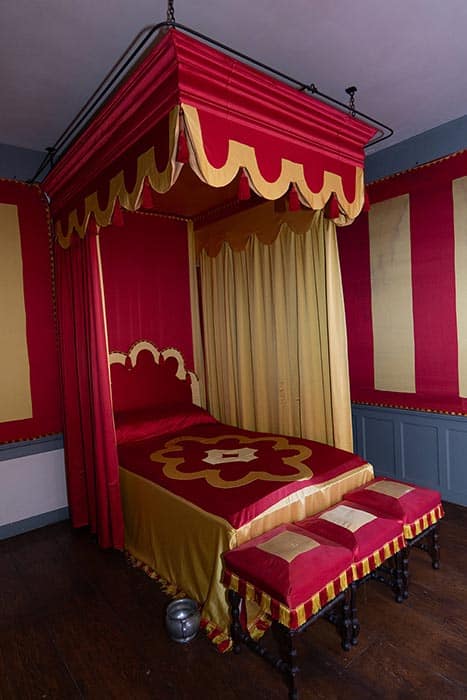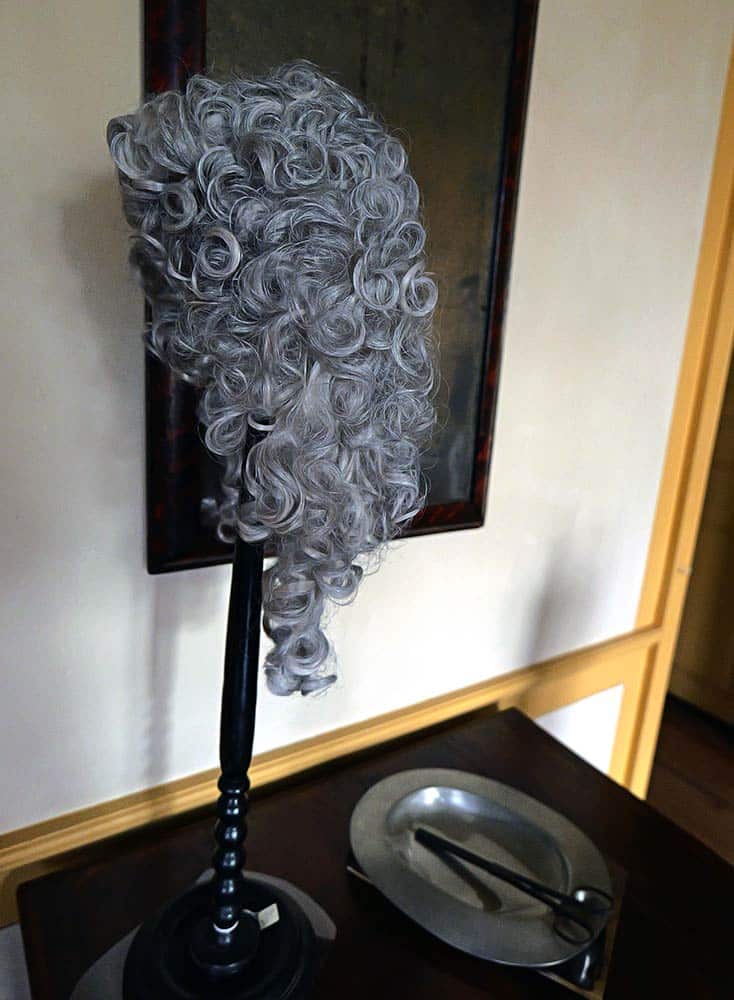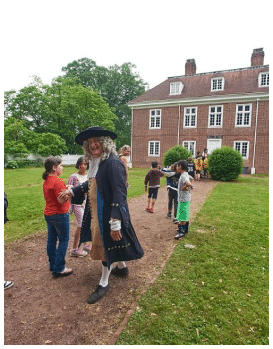
For reservations to experience “nkwiluntàmën: I long for it; I am lonesome for it (such as the sound of a drum)” by Indigenous artist Nathan Young, please go to https://nkwiluntamen.com/
Our History
The quakers of the middle colonies
William Penn and other Quakers within the Middle Colonies believed that everyone had to seek God in his or her own way. Penn viewed his new colony as a “Holy Experiment” offering religious tolerance and stronger governments. Other English thinkers in the 1600s shared these ideas but in Pennsylvania, religious tolerance became the law. Read more about the Quakers at Pennsbury here.
-
Apprenticeships vs. Indentured Servants
Some of the servants at Pennsbury were indentured. What that means is that these men and women worked for a pre-determined period of years in exchange for transport to America and “freedom dues” once their indenture was complete. Many of Pennsylvania’s early leading citizens began their American lives as indentured servants. An apprenticeship on the other hand was a contract between the master craftsman and the student. The apprentice agreed to work for the master without pay for the term of the contract. Apprentices worked alongside their master and any journeymen in the shop but were free to travel between families and would eventually start his own shop in a different community after the conclusion of the training, approximately 7 years. Find out more about indentured servitude here.
-
Religious Tolerance of Early Pennsylvania
Each of the other American colonies had established an official church, but William Penn did not. He sought out religious groups suffering in Europe, and invited them to his colony. Yet religious tolerance did not mean that colonists of all faiths had equal rights. Some of the other sects that made their home in Pennsylvania were the Amish, Mennonites, Catholics, Lutherans and Jews. The most influential religious bodies beside the Quakers were the large congregations of German Reformed and Presbyterians. Find out more about religious tolerance here.
-
Penn’s Treaty with the Lenape Tribe
William Penn was certainly not the first European to settle in Pennsylvania and make contact with Native Americans already living in the area. The Lenape accepted these first settlers with caution. Trading with the Lenni Lenape tribe began to thrive when William Penn included land as well as goods in their dealings. William Penn’s “memorable treaty with Tamanend” took place just south of Pennsbury in what is the Kensington section of Philadelphia.
“We meet on the broad pathway of good faith and good-will; no advantage shall be taken on either side, but all shall be openness and love. We are the same as if one man’s body was to be divided into two parts; we are of one flesh and one blood.”
Support the historical preservation of Pennsbury Manor by becoming a member.






